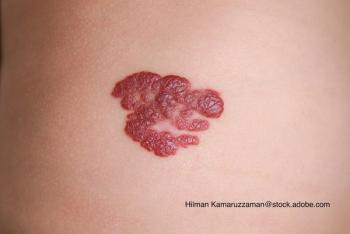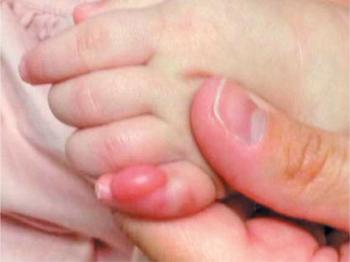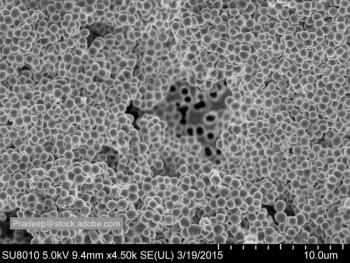
Contemporary Pediatrics sits down exclusively with Sheila Fallon Friedlander, MD, a professor dermatology and pediatrics, to discuss the one key condition for which she believes community pediatricians should be especially aware-hemangiomas.

Contemporary Pediatrics sits down exclusively with Sheila Fallon Friedlander, MD, a professor dermatology and pediatrics, to discuss the one key condition for which she believes community pediatricians should be especially aware-hemangiomas.

A 6-year-old female with history of previously resolved iron-deficiency anemia presents to the emergency department (ED) for numerous episodes of nonbloody, nonbilious vomiting and diffuse abdominal pain that began on the day of presentation. She had initially presented to her pediatrician who felt a large left-upper-quadrant abdominal mass and referred her to the ED for further evaluation. She has no associated diarrhea or urinary symptoms. What's the diagnosis?

Adopting technologies with artificial intelligence (AI) will change patient care in many ways. Here’s where AI has been, where it is now, and what it holds for the future of pediatrics.


Accept this month’s 5-item quiz challenge and see how well you know the wiles of biofilms in Staphylococcus aureus that deploys a matrix “force field” to evade detection and eradication. What children are especially at risk? What treatment course gives the best outcomes?

Measles is once again a significant public health problem in the United States. Many pediatricians and most parents have never seen actual measles in a child, hence the urgent need to reeducate clinicians and caregivers about clinical manifestations and prevention of the disease.

An otherwise healthy 5-month-old girl presents with an asymptomatic, rapidly growing, firm, smooth nodule on the side of her left fifth finger since she was 2 months of age.

Parents who use a web-based educational tool to boost what they know about measuring and managing fever gain significantly more knowledge than parents who follow solely written and verbal instruction, according to a trial in caregivers of children with fever.

Specific therapies for biofilm-related infections are rare. However, studies have shown rifampin to be an effective treatment for these staphylococcal infections in children.

A physician incentive program (PIP) that provides primary care providers (PCPs) with bonuses tied to specific goals to decrease pediatric emergency department (ED) use significantly decreases such visits, according to a retrospective analysis involving 1376 PCPs who participated in the PIP.

The case for medical marijuana in children is just getting started. Here’s how pediatricians can navigate the complexities and discomfort of this issue and address the risks and benefits of pharmaceutical cannabinoids for their patients.

An evaluation of national and state-level trends in obesity prevalence among 2- to 4-year-old participants in the US Special Supplemental Nutrition Program for Women, Infants, and Children (WIC) found that the changes in the 2009 WIC food packages to better align with dietary guidelines are associated with a decline in the risk of obesity among these children.